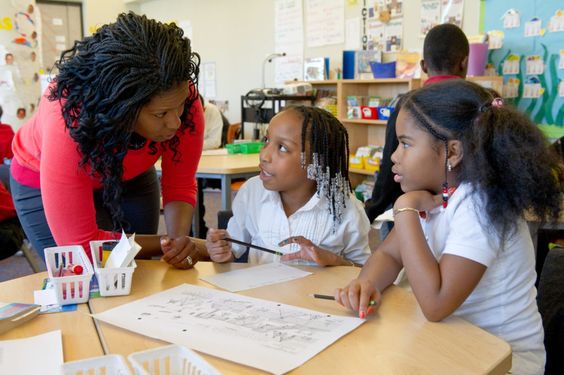Introduction:
In today’s diverse and inclusive educational environment, teachers play a crucial role in creating a safe and respectful space for every student. Dealing with personal comments – either directed at students or the teacher – is a key aspect of maintaining classroom harmony. This article offers guidance on addressing personal comments effectively and fostering a constructive learning atmosphere.
1. Be proactive in setting the classroom tone:
Begin by outlining your expectations for respectful communication, mutual understanding, and empathy within the classroom. Promote an open, inclusive environment where different opinions are valued and appreciated. Encourage students to express themselves without fear of judgment or ridicule.
2. Active listening:
When a personal comment is made, stay mindful of your body language and facial expressions as they can influence how your response is perceived. Listen carefully to the student making the comment, ensure you understand their perspective before addressing the issue.
3. Respond calmly and assertively:
Avoid reacting defensively or with anger when faced with a personal comment. Instead, address it calmly and assertively. Explain why the remark is inappropriate or hurtful, and offer alternative ways to express opinions without causing offense.
4. Redirect the conversation:
Guide the discussion back to the subject matter, focusing on its relevance to the curriculum. This will help prevent further argument or conflict while maintaining course content as a priority.
5. Encourage self-reflection:
After addressing an offensive remark, ask students to reflect on their own behavior and consider how it may affect others in class. This exercise can lead to greater self-awareness and understanding of one’s own biases and assumptions.
6. Implement consequences if necessary:
Should personal comments continue despite your efforts, consider implementing consequences such as loss of participation points or referral to higher authorities within the school system.
7. Provide support to affected individuals:
Ensure that you offer support to students who may be negatively impacted by personal comments made in the classroom. Encourage open and honest communication, monitor their wellbeing, and provide them with appropriate resources if necessary.
8. Learn from experience:
Reflect on each incident involving personal comments to identify patterns and potential triggers. Use this knowledge to refine your strategies for managing future occurrences.
Conclusion:
Dealing with personal comments in the classroom is a challenging but crucial aspect of maintaining a positive learning environment. By actively setting expectations, addressing issues firmly and calmly, and promoting self-awareness, teachers can foster respectful communication among students and focus on academics.





